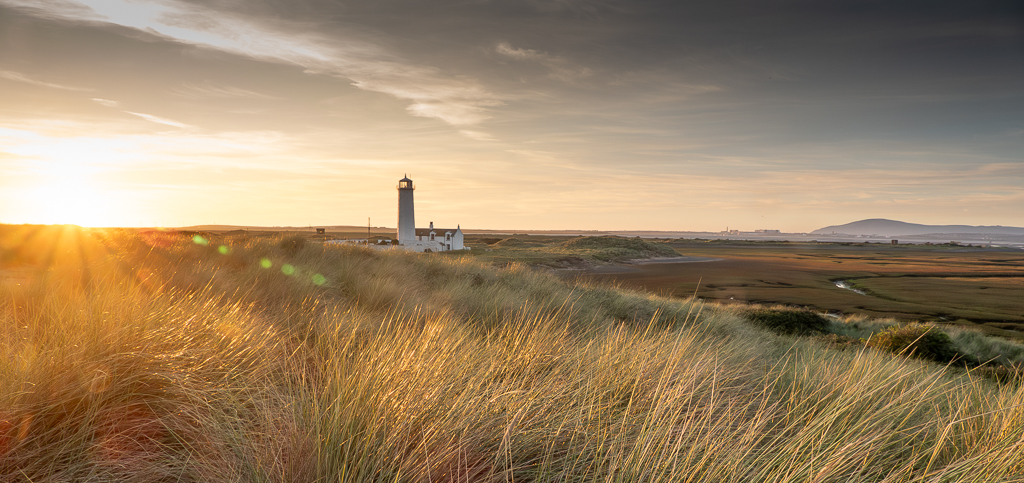
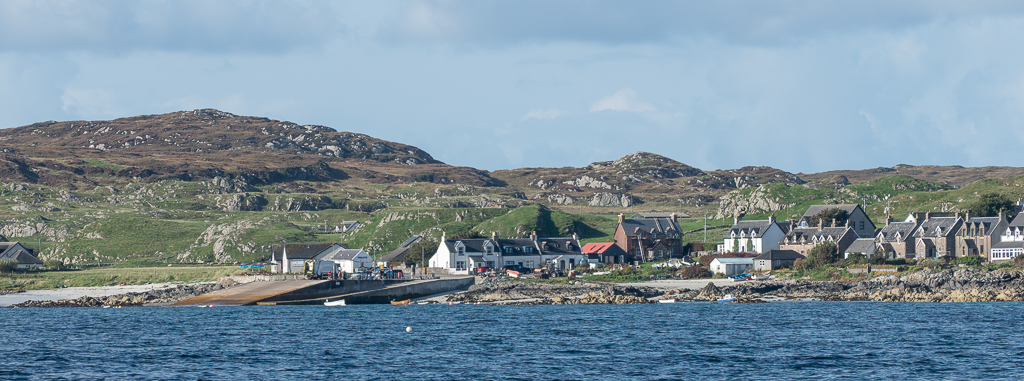
Over two weeks in September I stayed on two vastly differing islands, for the first week it was Walney Island and the second week Iona. One well populated and in England, the other an island of pilgrimage in the Inner Hebrides. Two Islands – Two worlds.
Walney Island
‘Walney Island …. where’s that?’ the island off Barrow I reply … ‘Barrow, now where’s that?’ You never just go through Barrow or even skirt it on your way to anywhere. It’s on it’s own, has its own idiosyncrasies, its own out of the way obstinacy and some might even suggest if not its own language, then a very distinct dialect. Lying beyond this outpost is a further curiosity, the Island of Walney. Now joined to Barrow by a bascule bridge built in 1908, it’s one of those ‘half islands’ like Anglesey and the Isle of Skye.
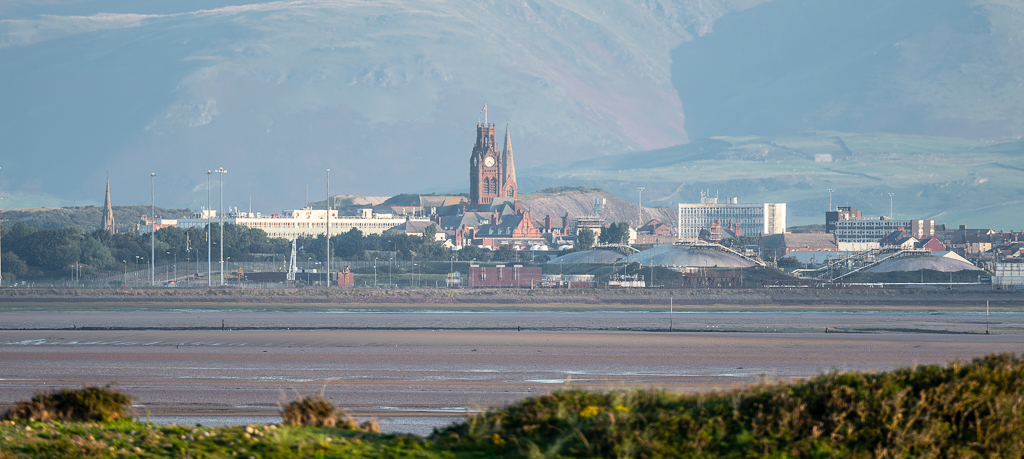
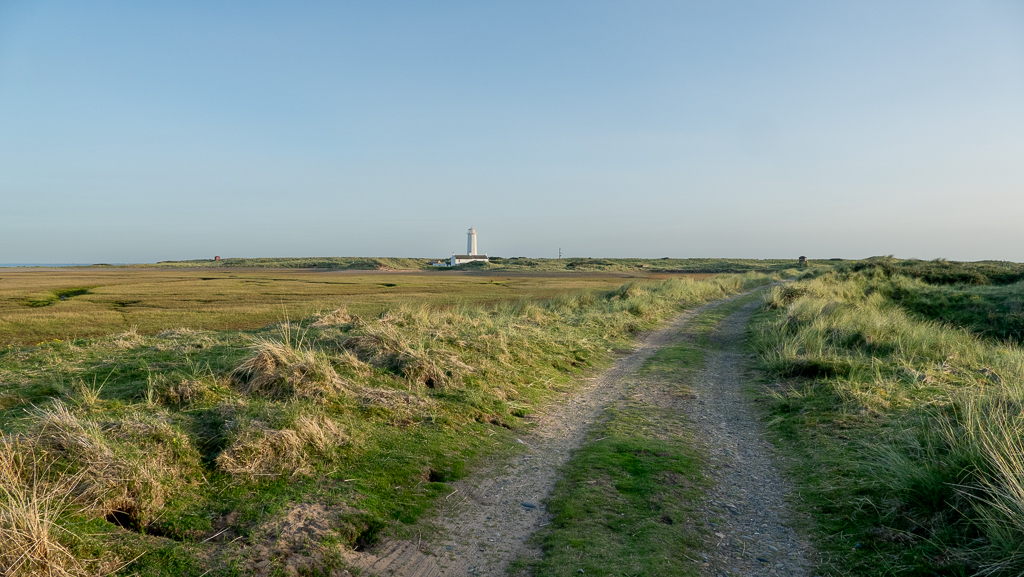
Walney is an island of contrasts with a population of just over 11,000 it has four main settlements, Bigger, Vickerstown, North Walney and North Scale. At eleven miles in length but never more than a mile at its widest it’s a curious shape jutting out into the Irish sea with views of the Isle of man on a good day and also one of the worlds’s biggest off shore wind farms. It also has two nature reserves one on the north of the Island the other on the south.
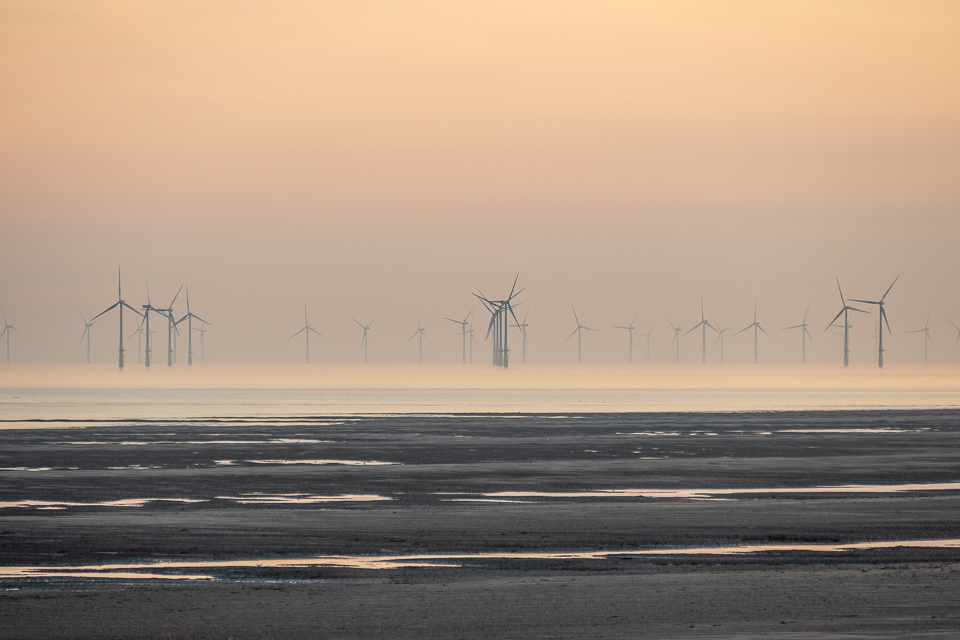
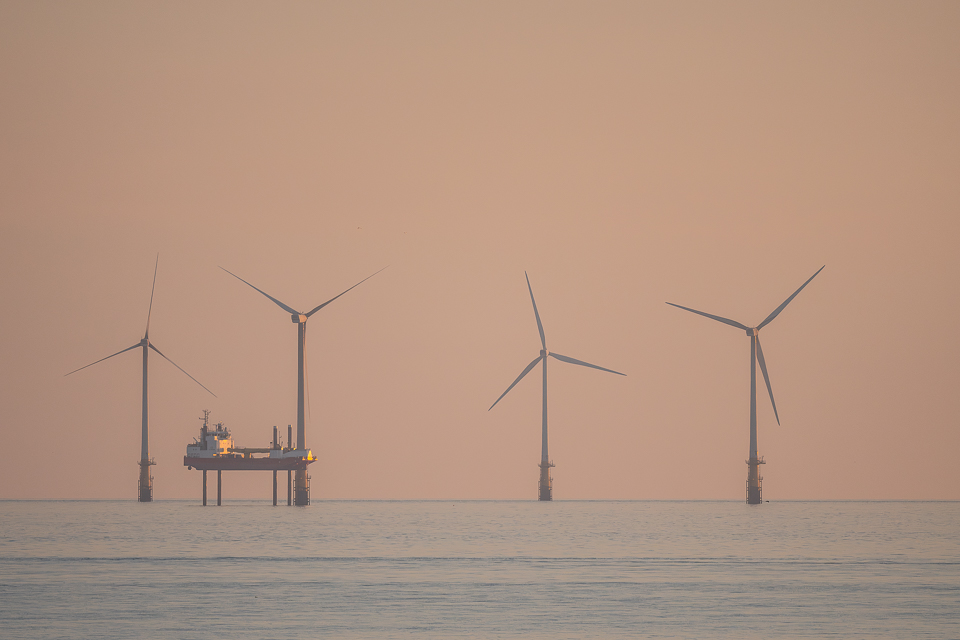
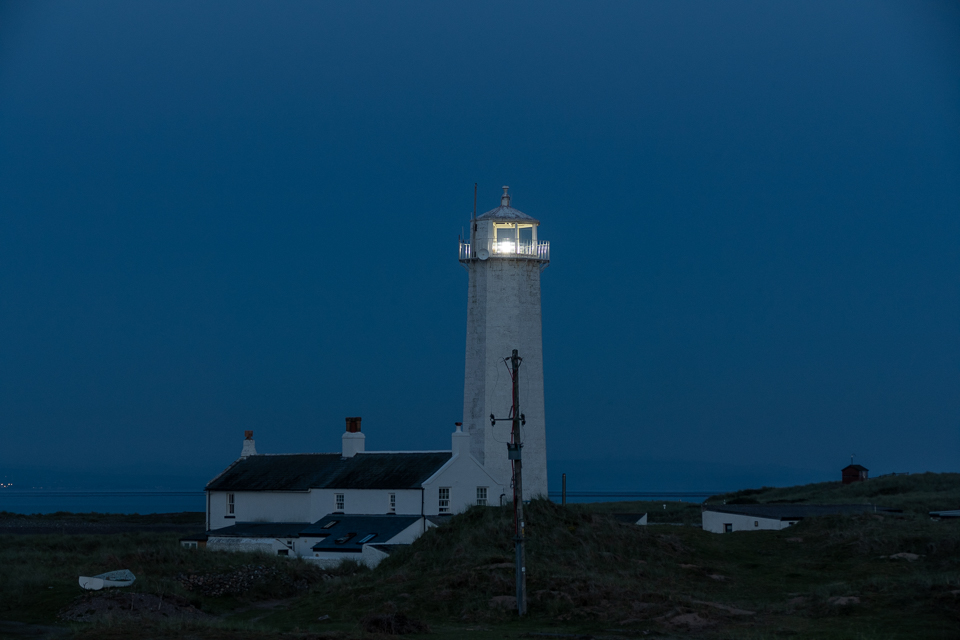
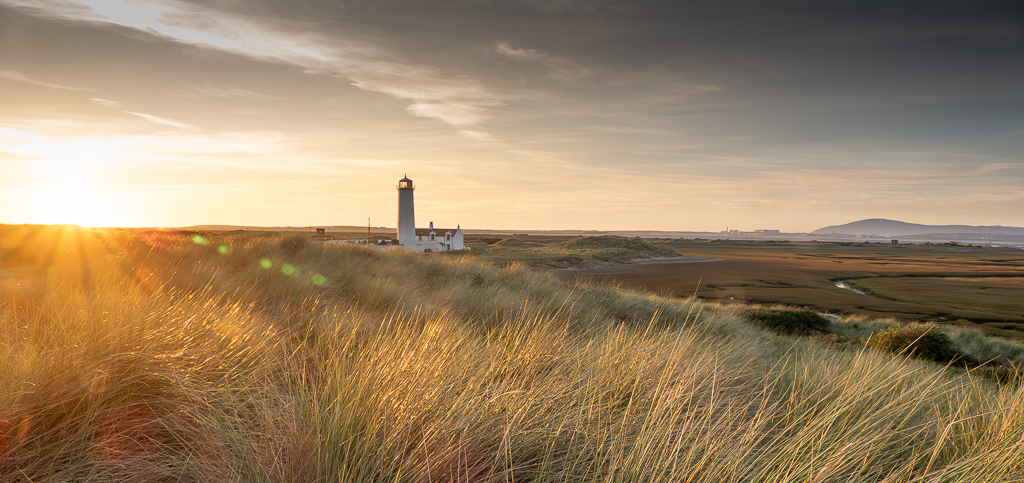
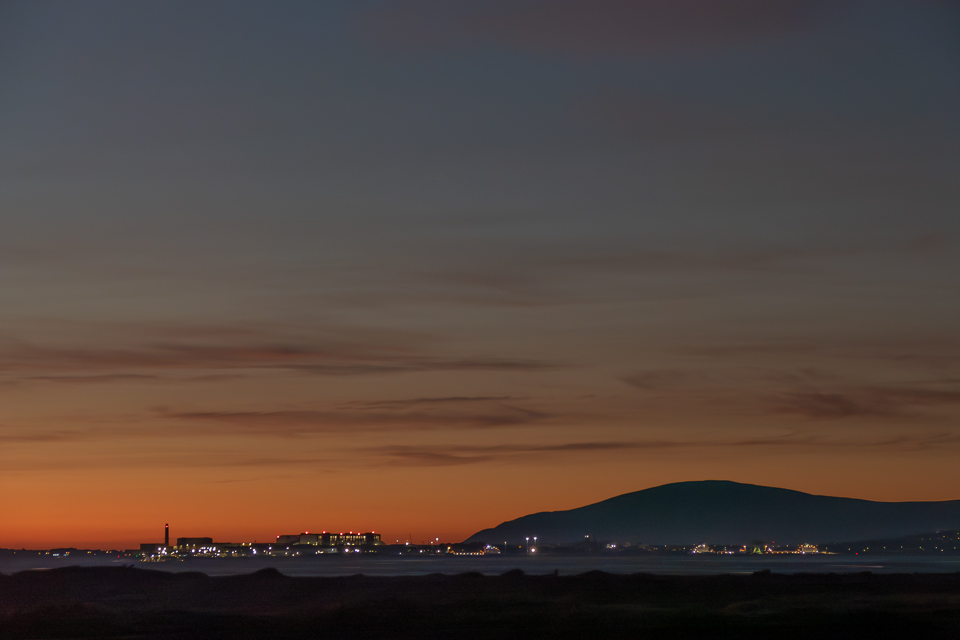
I know Walney Island because my brother lives on it and together we have visited the South Walney nature reserve, owned by Cumbria Wildlife Trust, on a good number of occasions. The first week in September this year though we were to get a much more intimate understanding of the place as we took a week in the lighthouse at the very south of the reserve.
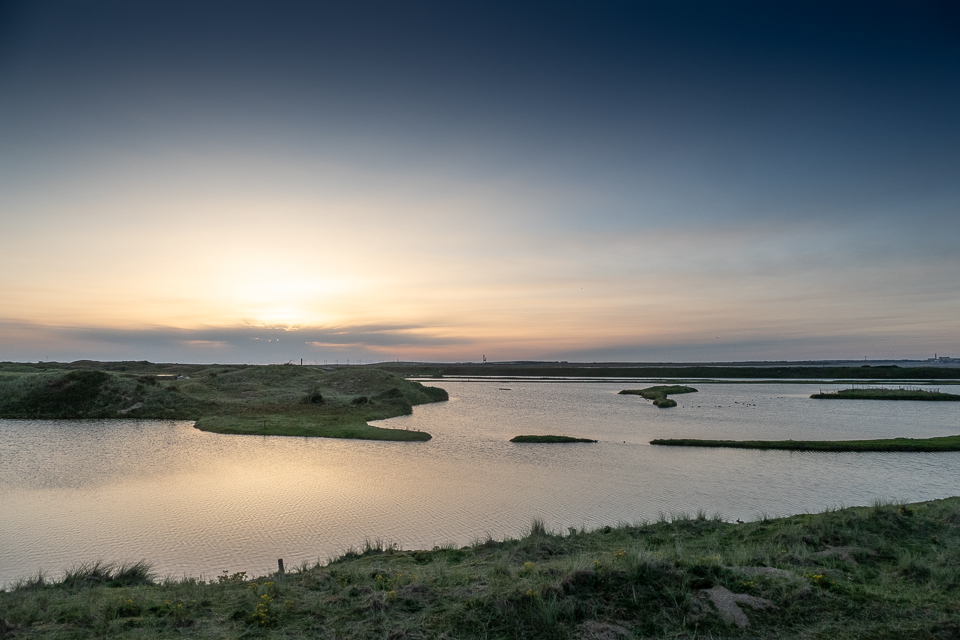
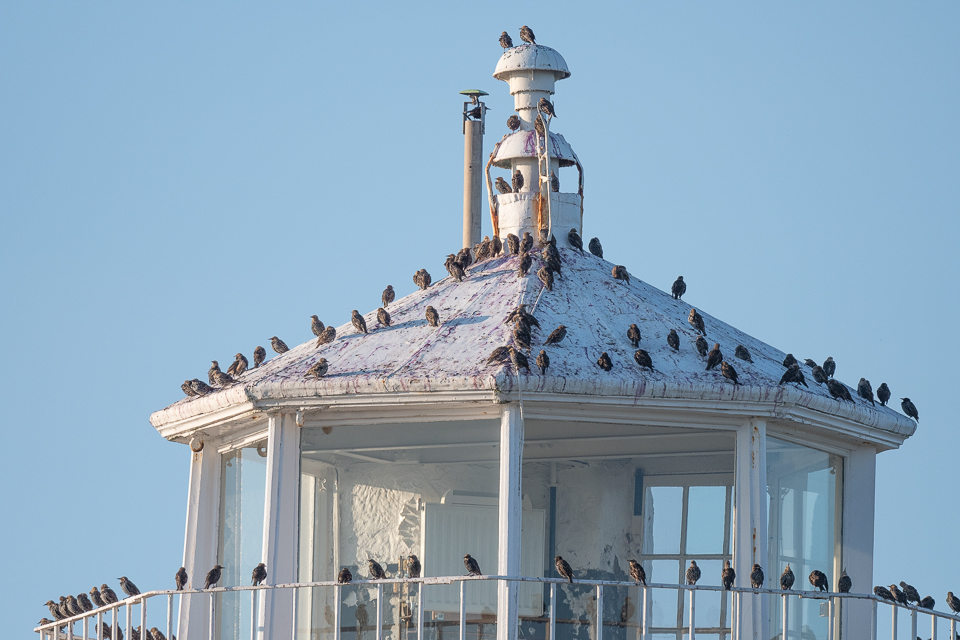
It was the hottest week of the year so far and whilst the thick walls of the lighthouse cottage kept us cool, the temperature outside became oppressive. Early mornings, as is normal for birdwatching, was the only way to go! Up and out at first light then back to the lighthouse for the hottest part of the day before heading out again towards the evening.
We clocked up 78 species in the week within a square mile or so, the reserve comprises 130 hectares. We were hoping for a bit more migration movement but a high pressure anti-cyclone with no wind didn’t really help. The bird Observatory on the island was established in 1963 and has recorded over 300 birds.
So to the birds, which I’ll begin looking at in the next post.

No comment yet, add your voice below!